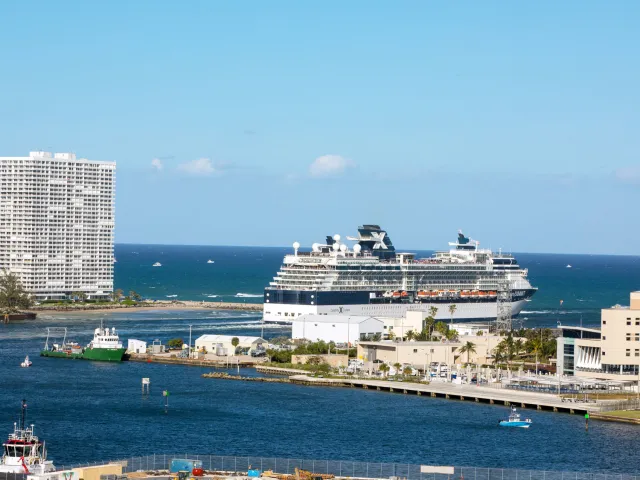Often, one of the most enriching parts of visiting a new country is being welcomed by locals as one of their own. It helps to learn some of the local language when you’re visiting a new place, and the first step is accurately pronouncing the name of where you are. While some city names are more straightforward than others, these seven city names are often said incorrectly. Learn the proper pronunciation and explore the histories of these commonly mispronounced city names.
Ljubljana, Slovenia
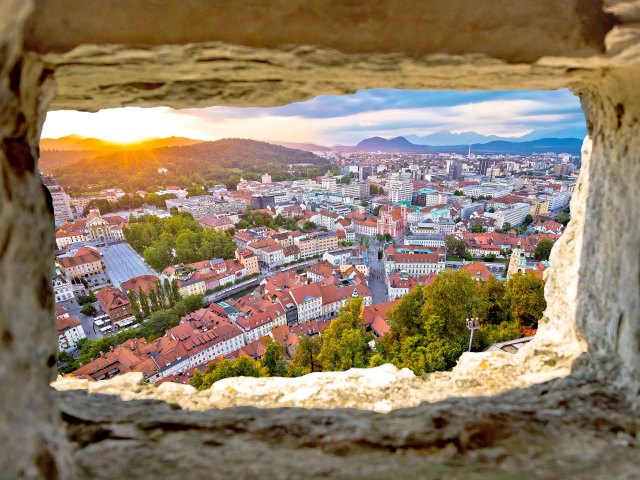
Not much will trip up an English speaker more than two consonants next to each other that don’t seem to match — leading some to try and pronounce this city’s name like “luh-joob-luh-jana.” In the actual pronunciation, the sound changes based on where the J is. It should be “loo-blee-AH-nah.”
Ljubljana is the capital of Slovenia, located in the middle of this central European country between Italy and Croatia. Though it’s Slovenia’s largest city and a university town, it’s also one of the smallest capital cities in Europe, with a population of less than 300,000. Local legend says that Jason and the Argonauts from Greek mythology founded the city when they fled from King Aetes. They stopped at a large lake, where Jason defeated a sea monster — which is now known as the Ljubljana dragon and is represented on the city’s coat of arms.
Ísafjörður, Iceland
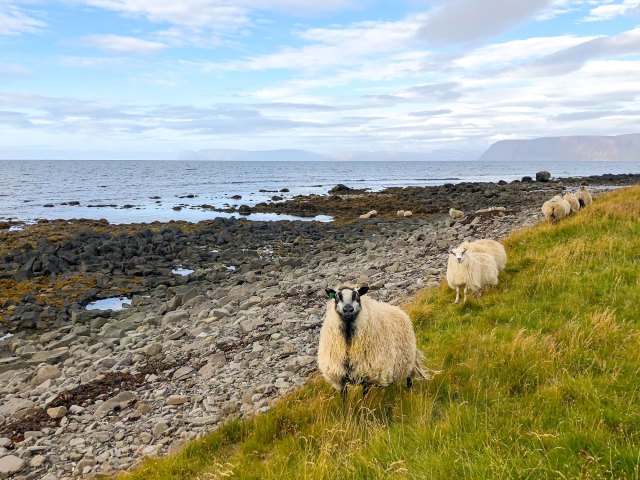
This Icelandic city name is so tricky to pronounce that even the internet gets it wrong most of the time. You’ll likely hear (and read) it as “eye-sah-fyord-er,” but when listening to an actual Icelandic speaker, it sounds like this: “EE-suh-fyord-irsh.”
Known as the capital of the Westfjords region, Ísafjörður is the largest town on this peninsula that juts off the northwest corner of Iceland. Only about 2,600 people live there, mostly working in the fishing industry. It was founded in the 16th century with an ancient church and trading post, and salt fish production fueled the town’s growth in the mid-1800s. Now, aside from having some of the best views of dramatic fjords in Iceland, Ísafjörður is a base for adventure travelers — from there, visitors can explore the Westfjords on hiking or biking trails, horse trails, skis, or kayaks.
Budapest, Hungary

When Budapest, the capital of Hungary, was founded in 1873, it was the result of three different cities merging together: Buda, Óbuda, and Pest. Two distinct sides to the city still remain, Buda and Pest, split in two by the Danube River. Buda sounds much like you would expect it to, “boo-duh.” But if you want to sound like a local, make sure you’re pronouncing Pest properly. It should be “pesht,” not “pest.” So, the city as a whole is pronounced “BOO-duh-pesht.”
On the Buda side, the city stretches up a riverside hill, called Castle Hill. This is where most of the historic sites and tourist attractions in the city are located, including the 13th-century Buda Castle, Matthias Church (built in 1269), and a Holy Trinity statute, built in 1714 under the superstition that it would keep the plague away. The Pest side comprises about two-thirds of the city. Unlike Buda, it’s flat, and home to the ornate Hungarian Parliament Building, pubs fashioned out of old ruins, the central market hall, and museums dedicated to the city’s Jewish history.
Brisbane, Australia
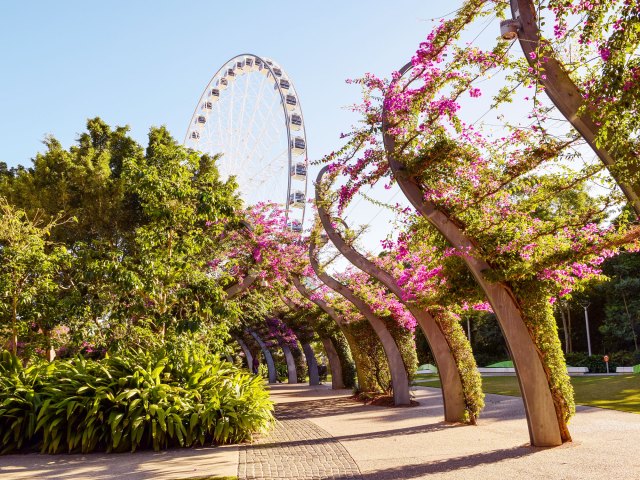
It may look like “briss-bayn,” but this coastal Australian city’s name is actually pronounced “briz-bin.” (If you want to go to “briss-bayne,” you’ll be asking for directions to a town in California.) Brisbane is the capital of Australia’s Queensland state in the northeast corner of the country. Islands, sports, and beaches make Brisbane a gem for outdoor enthusiasts — especially surfers, who flock to the Gold Coast, about an hour away from the city, for one of the world’s longest wave rides.
The Jagera and Turrbal Aboriginal clans lived in what’s now Brisbane for about 40,000 years before colonizer John Oxley arrived from England in 1823. Settlers began to arrive en masse the following year, including an influx of entrepreneurs, which made the burgeoning city a major center of commerce. Another population boom occurred during World War II, boosting the population to about 750,000. Now, it’s the third largest city in Australia with 2.5 million people — about half the population of either Sydney or Melbourne.
Edinburgh, Scotland
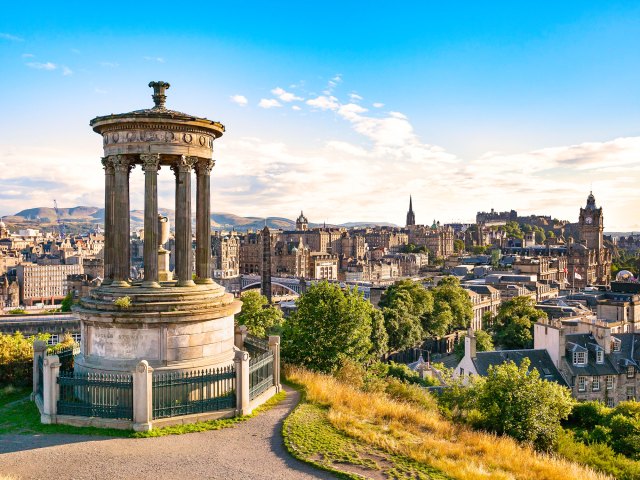
If you’re a fan of the Outlander television series, you likely already know how to pronounce this city that plays heavily into the time-traveling drama. If not, the city’s pronunciation might be surprising: It’s not “ee-din-burg” — rather, “ED-in-BURR-uh.” The city is Scotland’s capital and has a long history that’s very much still visible in the old town and along Edinburgh’s narrow alleyways, called closes.
The city, located on Scotland’s eastern coast close to the border with England, dates back to 600 CE when it was just a fort on a hill. Edinburgh Castle was built in 1103, and part of it still remains in use by the Scottish military today, while the rest is a museum and a tourist attraction. The road stretching a mile out from the castle is called the Royal Mile and connects the castle with the Abbey at Holyrood, which was built in 1128.
Leipzig, Germany
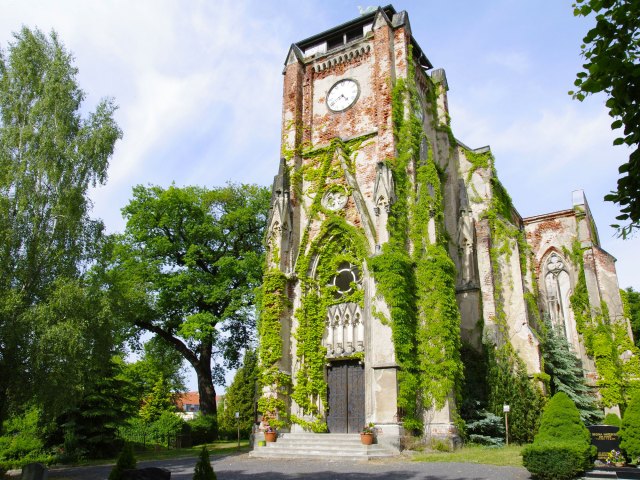
Leipzig, commonly mispronounced as “LEAP-zeeg,” is actually pronounced as “LIEP-zig.” The first syllable rhymes with “sty.” The city is located in eastern Germany, just north of where the Pleisse, Parthe, and Weisse Elster rivers connect. Leipzig is quickly growing a reputation as an artistic and creative enclave, an alternative to the ongoing gentrification of Berlin. It’s home to historical thinkers and figures like Bach, Neitzsche, Kafka, and Wagner, as well as more than 15,600 cultural and historical monuments.
Leipzig has been settled since the 5th century BCE, originally as a trading post and then a permanent Slavic settlement. It was first called Lipzk, named after the linden trees nearby. Then, in 928, the German castle Urbs Lipzi was built, and the city became known as that until it was renamed to Leipzig in 1165. Today, people come to Leipzig for the art and music; annual markets (the Christmas market is extremely popular); museums and battle monuments; and historic churches.
Toledo, Spain

In the plains of central Spain, the ancient city of Toledo rises up on a hill. But don’t pronounce it like “toe-LEE-doh” — you’re not in Ohio. The proper way to say the city name in Spanish is “toe-LEH-doh.” Many people know Toledo as the home of 17th-century artist El Greco, who painted his own version of the city on the hill as he observed it from a distance. But the moody tones of the painting belie the beauty of the city’s golden tones and cobblestone streets.
Toledo is an ancient Roman city, conquered by Marcus Fulvius Nobilior in 193 BCE. A large community of Arabic-speaking Christians moved in during the Moorish period, and by the 11th century, the city had become a hub for a mixture of Arab, Christian, and Jewish culture. The castle at the center of town was built in 1531. Today, Toledo’s cobblestone streets wind up the hill to the foot of the castle. Along the way you can still catch glimpses of ancient fortifications, bridges, walls, and gateways. The historic city center was added to the UNESCO World Heritage List in 1986.
More from our network
Daily Passport is part of Optimism, which publishes content that uplifts, informs, and inspires.












